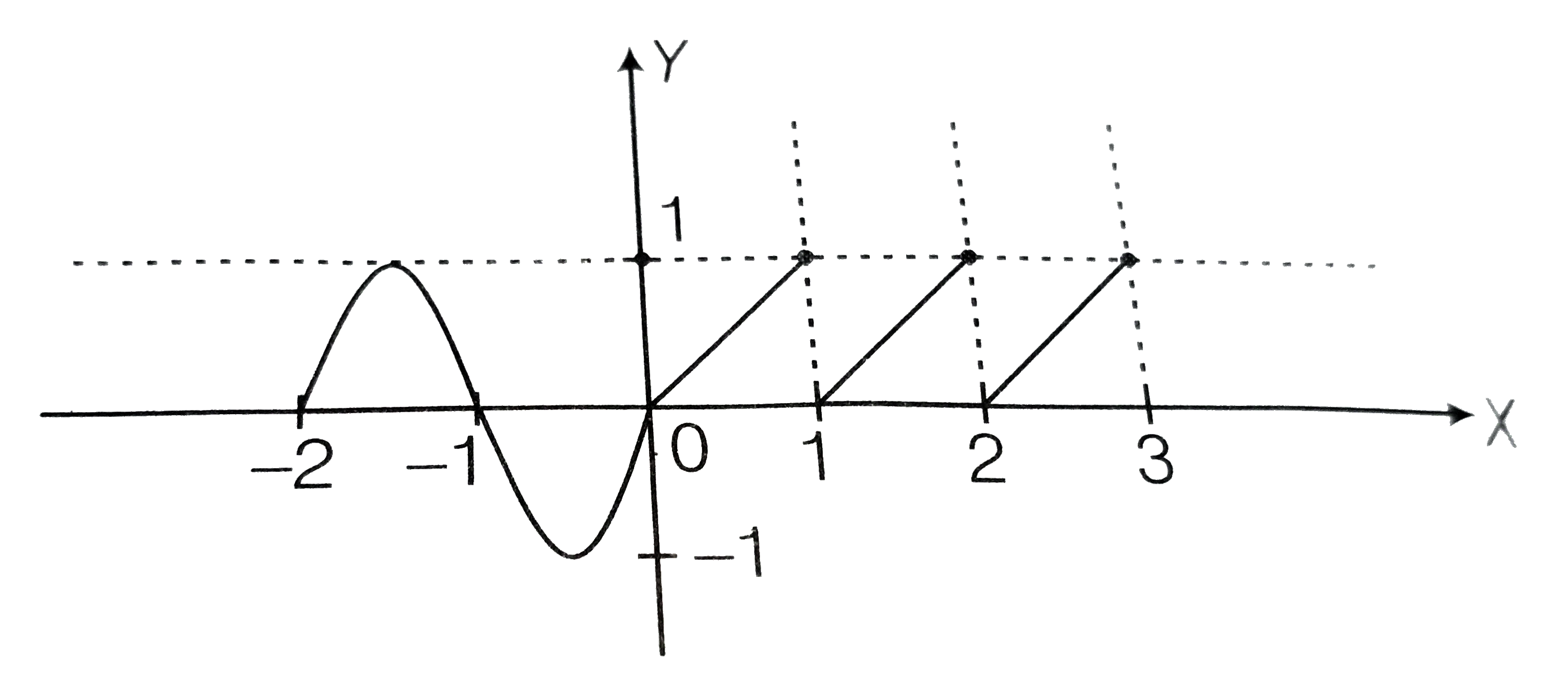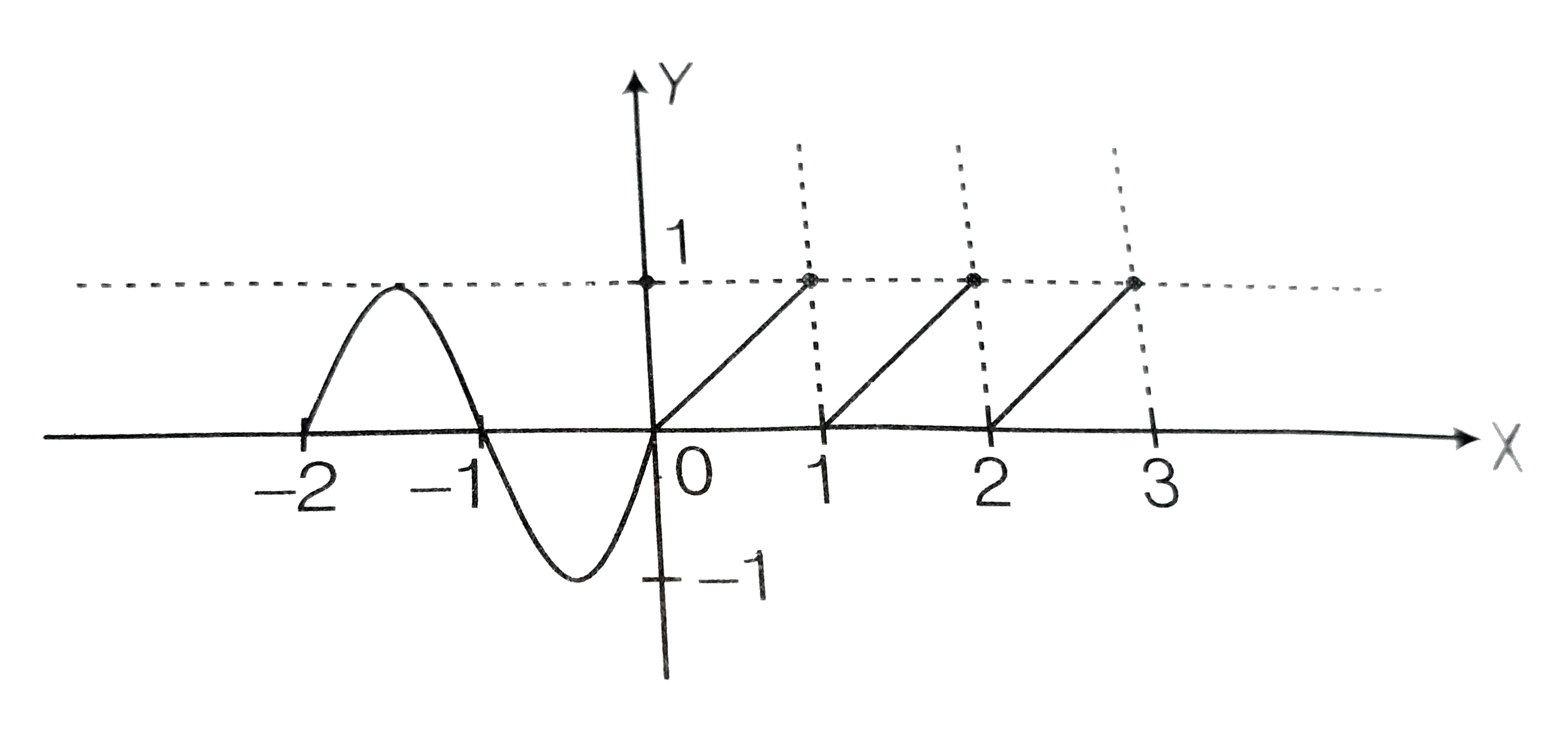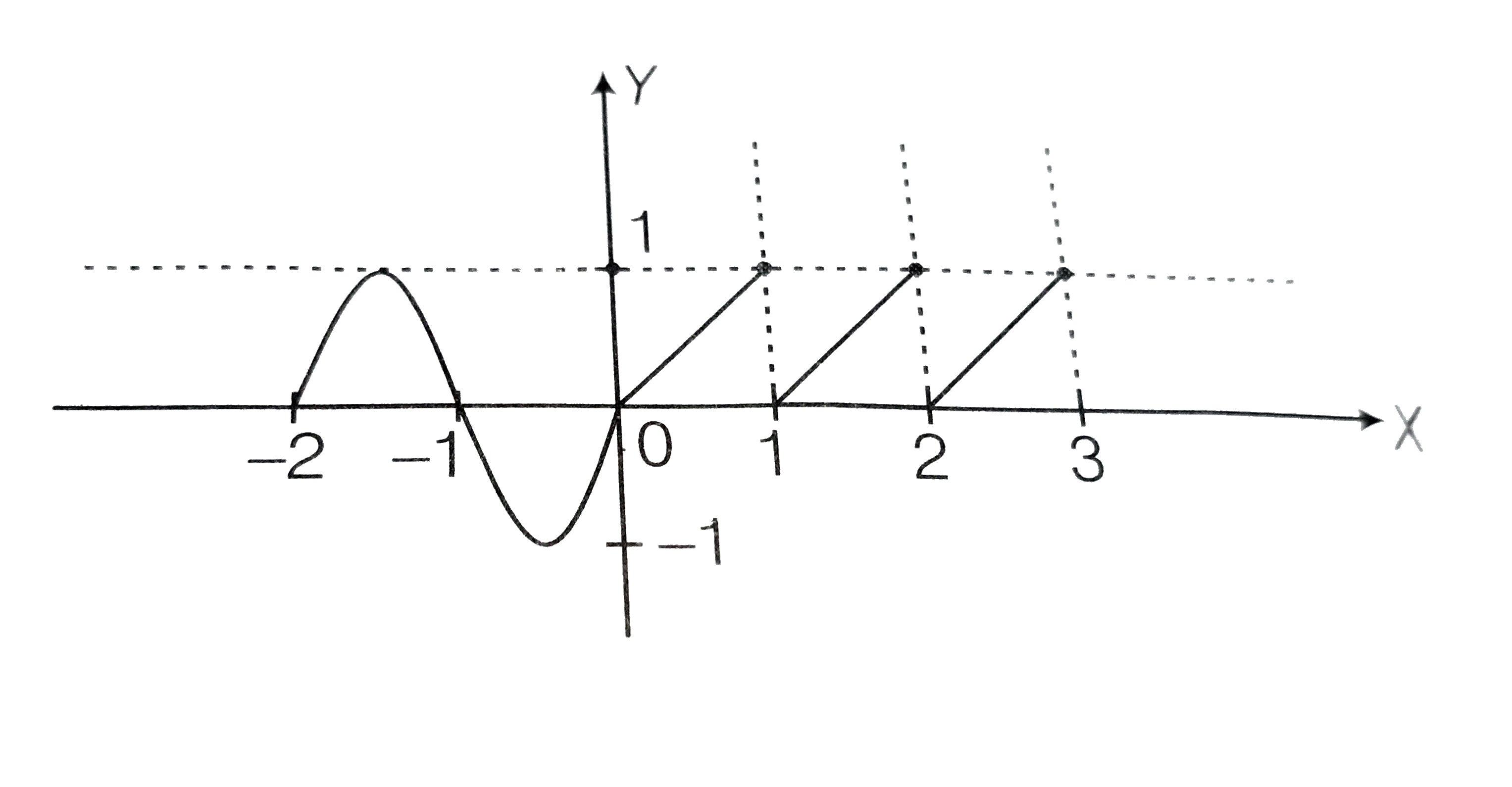A function whose graph is symmetrical in opposite quadrants is
f(x)=ex+e−x
f(x)=logex
f(x+y)=f(x)+f(y)
f(x)=cos(x)+sinx
The correct Answer is:C
We know that the graph of an odd function is symmetrical in opposite quadrants and the function satisfying the equation .
f(x+y)=f(x)+f(y) for all x,y∈R has the forumla
f(x)=xf(1) for all x∈R.
Clearly , it is an odd function . Hence, its graph is symmetrical in opposite quadrants.
Topper's Solved these Questions
- REAL FUNCTIONS BOOK - OBJECTIVE RD SHARMA ENGLISHCHAPTER - REAL FUNCTIONS EXERCISE - Section I - Solved Mcqs
95 Videos
- REAL FUNCTIONS BOOK - OBJECTIVE RD SHARMA ENGLISHCHAPTER - REAL FUNCTIONS EXERCISE - Section II - Assertion Reason Type
8 Videos
- PROPERTIES OF TRIANGLES AND CIRCLES CONNECTED WITH THEMBOOK - OBJECTIVE RD SHARMA ENGLISHCHAPTER - PROPERTIES OF TRIANGLES AND CIRCLES CONNECTED WITH THEMEXERCISE - Chapter Test
55 Videos
- SCALAR AND VECTOR PRODUCTS OF THREE VECTORS BOOK - OBJECTIVE RD SHARMA ENGLISHCHAPTER - SCALAR AND VECTOR PRODUCTS OF THREE VECTORS EXERCISE - Exercise
63 Videos
Similar Questions
A function whose graph is symmetrical about y-axis is
View SolutionWhich of the following is a function whose graph is symmetrical about the origin ?
View SolutionSuppose R is relation whose graph is symmetric to both X-axis and Y-axis and that the point (1,2) is on the graph of R. Which one of the following is not necessarily on the graph of R?
View SolutionLet f be a differential function such that f(x)=f(2−x) and g(x)=f(1+x) then (1) g(x) is an odd function (2) g(x) is an even function (3) graph of f(x) is symmetrical about the line x= 1 (4) f'(1)=0
View SolutionLet f be a differential function such that f(x)=f(2−x) and g(x)=f(1+x) then (1) g(x) is an odd function (2) g(x) is an even function (3) graph of f(x) is symmetrical about the line x= 1 (4) f'(1)=0
View SolutionWhich of the following is an example of a function whose graph in th exy-plane has no x-intercepts
View SolutionConsider the following function f whose graph is given below.

Draw the graph of following functions.
(a) f(x)+1
View SolutionConsider the following function f whose graph is given below.

Draw the graph of following functions.
f(x)−1
View SolutionConsider the following function f whose graph is given below.

Draw the graph of following functions.
(c) −f(x)
View SolutionConsider the following function f whose graph is given below.

Draw the graph of following functions.
(f) f(|x|)
View Solution
